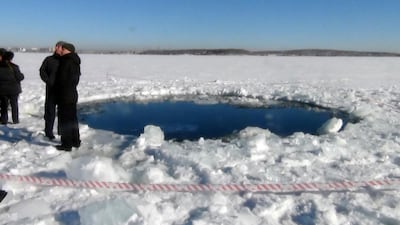


















Between a rock and a hard place: the asteroids that could wipe out Earth
As the world grapples with Covid-19, the prospect of a calamity striking from space doesn't bear thinking about
Robert Matthews
June 30, 2020
- Listen in English
- Listen in Arabic



















June 30, 2020